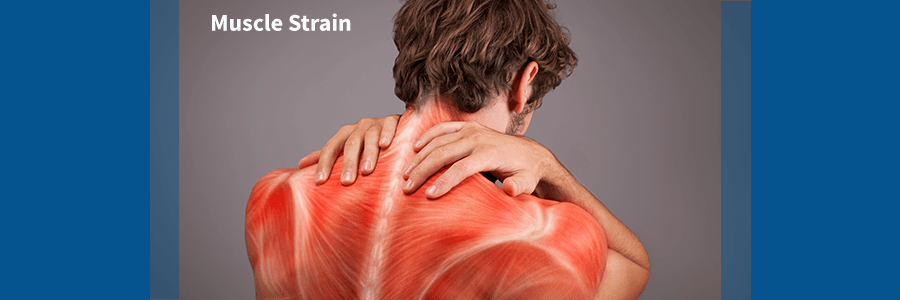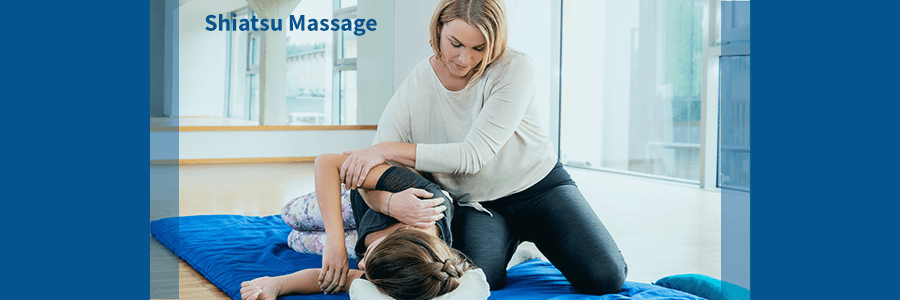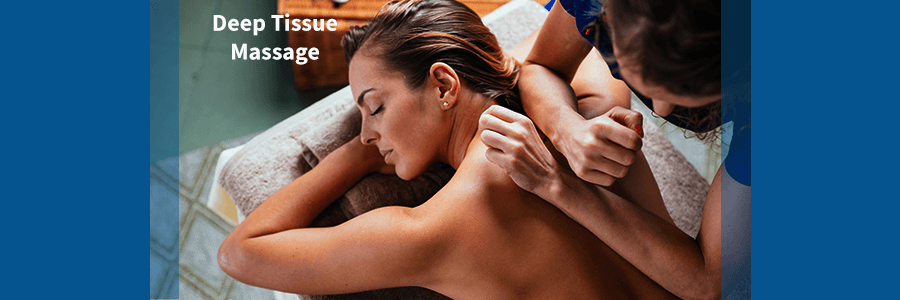-
Pain Topics
- Ankylosing Spondylitis (0)
- Arthritis (5)
- Back Pain (35)
- Bulging Disc (3)
- Degenerative Disc Disease (2)
- Facet Joint Syndrome (1)
- Failed Back Surgery (1)
- Foraminal Stenosis (2)
- Herniated Disc (5)
- Kyphosis (1)
- Neck Pain (14)
- Osteoporosis (2)
- Paget's Disease (1)
- Pinched Nerve (3)
- Radiculopathy (1)
- Sciatica (5)
- Scoliosis (5)
- SI Joint Arthritis (1)
- spinal cord injury (4)
- Spinal Deformity (1)
- Spinal Fractures (3)
- Spinal Stenosis (2)
- Spinal Tumors (1)
- Spondylolisthesis (3)
- Spondylosis (2)
- Whiplash (2)
-
Treatment Topics
- ALIF (2)
- Artificial Disc Replacement (1)
- At Home Care (4)
- Chiropractic Care (3)
- Corpectomy (1)
- Diagnostic Procedures (2)
- Diet & Healthy Lifestyle (6)
- Everyday Ergonomics (2)
- Exercises & Stretches (4)
- Facet Joint Infection (1)
- Foraminotomy (2)
- Kyphoplasty (2)
- Laminectomy (2)
- Laminotomy (2)
- Massage Therapy (1)
- Microdisectomy (2)
- Minimally Invasive Spine Surgery (13)
- Nonoperative Solutions (7)
- Pain Management (6)
- Physical Therapy (2)
- PLIF (3)
- Revision Spine Surgery (2)
- Scoliosis Brace (2)
- Self-Care (7)
- Spinal Fusion (3)
- TLIF (3)
- XLIF Corpectomy (4)
-
Media & Interactive
The Benefits of Massage Therapy for Back Pain
Are you looking for new ways to help ease your back or neck pain? The growing popularity of massage therapy has many sufferers of chronic back pain taking notice. After all, just about anyone can get a massage. And, studies show that more people than ever before are benefiting from the advantages of massage therapy.
Understanding Back and Neck Pain
Back Pain
For many, lower back pain involves soft tissue injuries. Your soft tissues include the skin, muscles, ligaments, tendons, and connective tissue.
Typically, a strain or sprain occurs during improper lifting, falls, long periods of poor posture, or sports injuries. A strain involves damage to the muscle when it’s stretched too far and tears. Sprains, on the other hand, result when ligaments that connect bone to bone are overstretched or rip.
In many cases, strains and sprains are the cause of short-term back pain. However, people who suffer from chronic lower back pain can have more serious conditions. Some causes of chronic back pain include:
- Herniated Disc: Between each spinal vertebrae rests a tire-like disc that helps to absorb shock and protect the spine. This thick outer layer of fibrous tissue encloses a gel-filled center. When the gel center breaks through the outer layer, the pressure can cause a pinched nerve.
- Degenerative Disc Disease: As we age, the ability for our discs to retain fluid decreases. This lack of hydration makes absorbing the shock of day-to-day movements even harder. This causes more stress on the disc’s outer layer, leading to pain and weakened muscles.
- Osteoarthritis (OA): OA is a condition that results from the aging process. OA causes the cartilage that cushions our discs and joints to slowly deteriorate.
- Sacroiliac Joint Dysfunction (SJD): SJD occurs when the joint that connects the hips to the lower spine becomes inflamed. This can occur after a fall or during an event such as pregnancy that places extra strain on the hips.
- Neck or Back Trauma: A car accident or bad fall can cause dislocations or fractures in the spine leading to back pain.

Neck Pain
Like the lower back, neck pain is often caused by sprains and strains in soft tissues. Poor posture, sleeping the wrong way, injuries, and repetitive motions could all be to blame. Sometimes these symptoms last for only a few days. Other times they become nagging issues.
When intense neck pain includes numbness or tingling in the limbs, or lasts for more than three months, then the underlying cause may be more serious. Chronic neck pain could result from issues with the spine, discs, or joints. Like the lower back, the cervical (neck) area of the spine can suffer from herniated discs, osteoarthritis, and degenerative disc disease.
Discovering the cause of your neck and back pain will help determine if massage therapy is the best treatment option for you.
What is Massage Therapy?
Chances are, you’ve received a massage before. Maybe a loved one gave you one to help you unwind after a long day.
Massage therapists take the casual massage to the next level. They manipulate your body’s soft tissues using different levels of pressure and movement with proven massage techniques. Their knowledge of human anatomy and how to treat musculoskeletal conditions makes them much more qualified to treat pain than a well-meaning loved one.
In fact, massage therapists must graduate from an accredited program. Although licensing requirements vary from state to state, generally a massage therapist needs to complete between 330 to 1,000 hours of training including practical experience. In addition, they must pass the Massage and Bodywork Licensing Exam (MBLEx) or similar exams.
Extra training may be necessary for the massage therapist to become certified in more specialized types of massage such as shiatsu or prenatal massage.
How Does Massage Therapy Help?
Living in this modern age affects our bodies. Chronic stress and anxiety cause extra muscle tension. All the attention to screens affects our posture. In addition, many modern jobs are spent behind a desk or in other inactive occupations. It’s no wonder why more and more people are experiencing neck and back pain.
Massage offers many benefits to reduce short-term and chronic pain, especially in the back and neck. Some of these benefits include:
- Managing Stress: Massage relieves muscle tension often caused by stress. In addition, it provides a brief “time-out” period where you enjoy a relaxing break from your daily routine.
- Promoting Overall Health: Massage helps to promote soft tissue health. It may also make you more aware of how your lifestyle affects your body.
- Relieving Chronic Pain: Massage targets the body’s pain by eliminating muscle tension and increasing flexibility. This can help to reduce your need for pain medications.
- Improving Mood: The endorphins released during a massage gives your mood a quick boost. This can help with anxiety, depression, and chronic stress.
- Faster Recovery Times: If you sustained a back or neck strain, then massage helps to speed up the recovery process.
- Preventing Injuries: When muscles are healthy and flexible, there is less chance of injury.
- Better Circulation: The pressure used during massage encourages blood to flow through congested or damaged areas, bringing healing factors to the site of your injury. In addition, massage aids in drawing metabolic waste away from the muscles.
- Improved Range of Motion: You will experience better movement in your joints by decreasing muscle tension.
When is Massage Therapy Appropriate?
As mentioned previously, muscle strains and sprains are the most common source of back pain. Massage therapy is a great treatment option for these conditions. It not only eases muscle tension, but it also helps to reduce spasms and inflammation in an affected area. A massage therapist can also determine the source of your pain and work toward eliminating it.
Those who suffer from osteoarthritis (OA) of the spine may also benefit from massage therapy. Massages help to ease OA pain by reducing tension and stress while simultaneously increasing circulation.
Massage therapy is a relatively safe, non-invasive treatment. But, you should check with your doctor to decide if it is appropriate for your condition.
Popular Types of Massages
Ready for a massage yet? You can choose the best type of massage based on your pain, sensitivity to touch, and personal preferences. Below are some of the more common massage techniques. Many massage therapy sessions last for about 60 to 90 minutes.
Swedish Massage
For those who are new to massage therapy, the Swedish massage may be a great start. It helps to ease muscle tension throughout the body. This relaxing massage can also aid in managing minor back pain.
During a typical session, one could expect a full-body massage. The massage therapist uses a combination of kneading, tapping, deep circular motions, passive joint movements, and long strokes.
Deep-Tissue Massage
As the name suggests, deep tissue massage adds more pressure to the muscles when compared to a Swedish massage. This added pressure can help people who have muscle soreness, some injuries, and chronic muscle pain. In addition, those who suffer from anxiety or high levels of stress could benefit from releasing the muscle tension that is often associated with these conditions.
During deep-tissue massages, the massage therapist uses deep finger pressure and slow stroking movements. The extra pressure helpsto get to the deeper layers of muscles and soft tissues.
Although deep tissue massage shouldn’t cause any pain, those sensitive to touch may wish to seek another option.
Trigger Point Massage
This type of massage relieves trigger points in the body. Trigger points are areas of tightness in muscles that cause pain in other parts of the body. For example, a trigger point in the back can lead to neck pain. These “trigger” areas have increased contraction and decreased circulation. The end result? Spasms, aching, and/or sharp pains. Massaging these constricted areas can assist in reducing symptoms.
During a trigger point massage, the therapist works on most of the body, paying special attention to areas that cause you discomfort. Flowing strokes and deep pressure work to release these trigger points.
You may feel significant pain relief after just one session.
Therapeutic Massage
This type of massage generally involves establishing an ongoing relationship with a massage therapist. It begins by presenting your symptoms to the therapist such as tight shoulders, neck pain, or spasms in the lower back. From there, the therapist creates a plan to address these areas instead of just giving you a full body massage.
Your massage therapist will perform proven techniques like trigger point or myofascial release. These techniques can help to ease your pain and create structural changes in your muscles and other soft tissues. Since this is an ongoing relationship, the therapist evaluates outcomes and makes changes to sessions based on your symptoms.
Shiatsu Massage
This type of Japanese massage is inspired by traditional Chinese medicine. It helps to regulate and stimulate the body’s nervous, lymphatic, circulatory, and hormonal systems. This holistic treatment has helped people who suffer from back and neck pain, arthritis, sprains, sciatica, and chronic stress.
During a Shiatsu massage, the therapist uses palms, fingers, and thumbs to apply pressure to various parts of the body. This pressure promotes energy flow and helps to correct imbalances in the body. Shiatsu encourages overall health and helps with coordination, range of motion, and pain relief.

When Additional Care for Your Back or Neck Pain is Necessary…
When massage therapy or other non-invasive interventions aren’t providing you with relief, you may wish to consult with an orthopedic spine surgeon. Our dedicated team at New York City Spine can evaluate your symptoms and determine the most conservative course of action for your pain.
If surgery is necessary, then Dr. Daveed Frazier provides minimally invasive techniques designed to get you back to the comfortable, happy life you deserve. Schedule an appointment today so you can enjoy your life—pain-free.
TAGS: Massage Therapy
Explore New York City Spine



